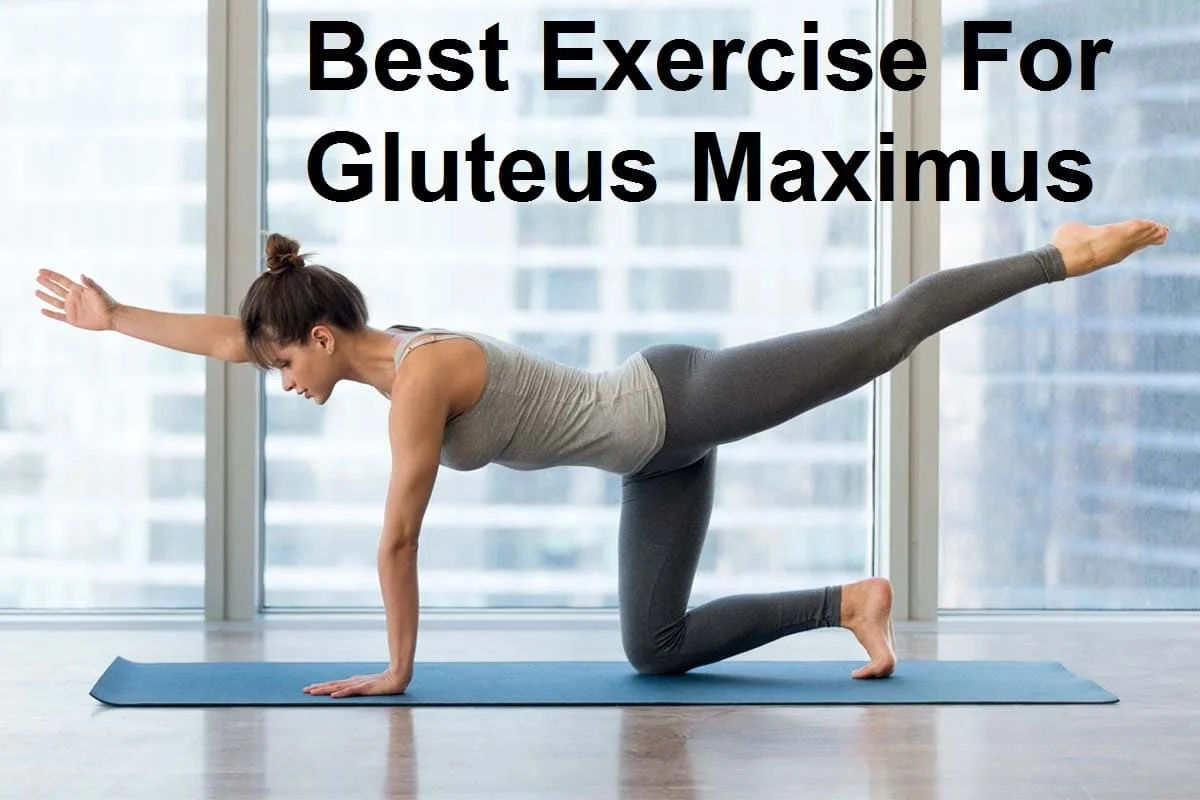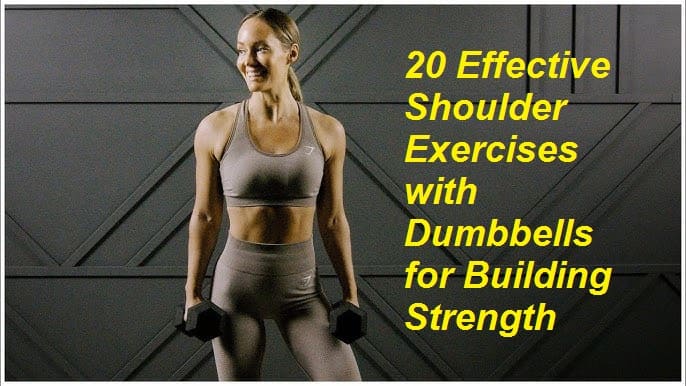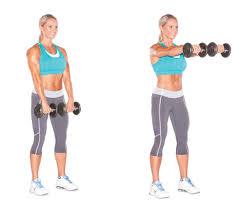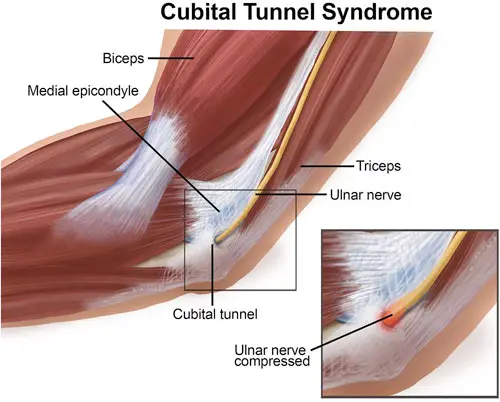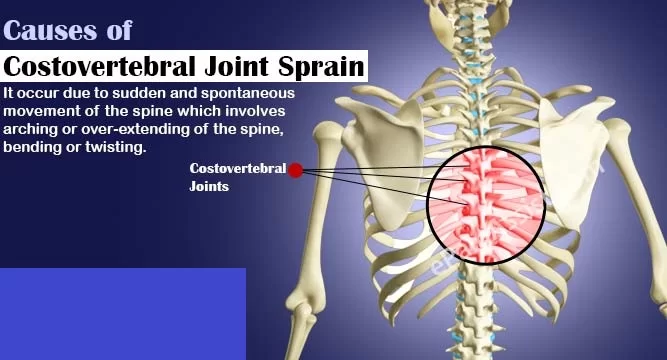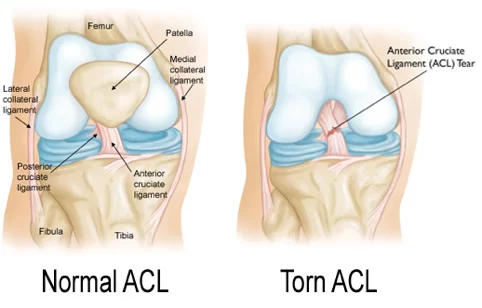17 Best Exercise For Gluteus Maximus
The gluteus maximus is the largest muscle in the buttocks and plays a crucial role in various movements, including hip extension, thigh abduction, and external rotation of the hip joint. Regular Stretching and Strengthening this muscle is not only essential for aesthetic purposes but also for overall lower body function and stability.
Consistently performing gluteus maximus workouts can enhance the strength of the legs, hips, and buttocks. The body may feel more stable when walking, climbing, standing, or lifting if the gluteus maximus is strengthened.
Gluteus maximus workouts can be performed at home with little to no equipment. They are therefore simple to include in an already-existing exercise regimen. Exercises that strengthen muscles can improve mood, lessen chronic pain, speed up metabolism, and reduce the chance of falls.
The hips and buttocks are made up of three muscles. The largest of the three, the gluteus maximus, is located at the outermost point of this group. Important movements including standing, walking, and running are made possible by the gluteus Maximus.
It can be simple to practice a lot of gluteus maximus exercises at home. The majority of people can profit from them, particularly those who want to strengthen their buttocks and hips.
Introduction
There are multiple ways to strengthen the gluteus muscles, the large and strong muscles of the buttocks. Weak glutes can lead to various problems, including back, hip, and knee pain and injuries.
Because most of us spend more time sitting on those muscles than exercising them, extended durations of sitting can cause tight, shortened hip flexors and hamstrings, as well as weak, ineffective glutes.
What is gluteus maximus?
You have 3 gluteal muscles, the gluteus maximus, gluteus medius, and gluteus minimus. Your glute maximus is the biggest and outermost muscle of the three gluteal muscles, making up most of your butt’s shape and appearance.
Your gluteus maximus muscle is a big, fatty, quadrilateral mass with obliquely downward and lateral fibers. You have two of these muscles, one on each side of your buttock. In the easiest terms, the gluteus maximus begins at the top of your pelvic bone and travels down connecting to the upper part of your femur (thigh bone). Obviously, on the posterior side.
In more complicated terms, the gluteus maximus has numerous origin points and two insertion points. For individuals who have greater experience with anatomy, its origin points are the lateral/posterior surface of the sacrum and coccyx, the posterior side of the ilium, the thoracolumbar fascia, and the sacrotuberous ligament, and its insertion points are the Iliotibial tract, gluteal tuberosity of the femur.
What does gluteus maximus do?
The gluteus maximus has several vital roles in addition to defining the shape of your butt (and being among the human body’s most aesthetically pleasing muscles, particularly when strong and well-groomed).
- Stability: An upright posture is made possible by the gluteus maximus, which balances the pelvis and femoral heads (upper leg bones). Additionally, it helps to stabilize the hips and knees during activities like walking, sprinting, and raising one leg off the ground.
- Hip Extension: In any exercise involving hip extension, the gluteus maximus and hamstrings are the main movers. Walking, running, getting up from a sitting position, and climbing stairs all involve hip extension. The gluteus maximus, in particular, demonstrates its strength during sprinting, climbing, and rising from a squatting position. Hip extension generally refers to any motion that extends or opens the front of the hip. Thus, every day of your life, you are engaging your glutes to execute hip extension.
- Hip External Rotation: Hip external rotation is facilitated by the gluteus maximus while moving your leg laterally, or outward and away from your torso.
- Hip Adduction/Abduction: Your gluteus maximus lower and upper fibers work together to adduct and abduct the hip, respectively.
Why gluteus maximus exercises are so important?
You can do so many exercises with your glutes. You may use almost any complex exercise that works your hamstrings or quadriceps as a gluteus medius exercise. Consider this: squats, deadlifts, lunges, leg presses, hip thrusts, and a host of other exercises primarily use your glutes.
Your gluteus maximus is a major upper body stabilizer and functions as a kind of glue to hold all lower body movements together. Your glutes will give you extra strength for compound actions as they get stronger. It also holds for athletics. Sprinting, jumping, shuffling, accelerating, and decelerating when shifting, and a host of other activities are all powered by your gluteus maximus. Therefore, having strong glutes is essential for being powerful and explosive.
It goes beyond simply being physically fit, strong, and quick. To prevent injuries, brace impact, maintain hip stability, have good posture, and keep your lower back healthy, your gluteus maximus and its two siblings, the glute medius and gluteus minimus, are essential. Strength training and gluteus maximus workouts are essential if aesthetics are important to you. Stronger glutes also translate into bigger glutes.
All things considered, the gluteus maximus is not just the largest and strongest muscle in your body. It has many important responsibilities, and the more strong they are, the better you will move, feel, and appear. Discover some of these at-home workouts, the benefits of gluteus maximus strengthening, and other information below.
Here we describe different types of exercise to strengthen the glute muscle:
Glute bridges
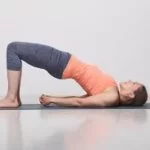
- Glute bridges are a great workout for beginners and are generally safe.
- Resting on your back, place your feet flat on the floor, and flex your knees.
- Exert your core muscles and raise your hips gradually. The knees should be bent towards a nearly 90-degree angle.
- For a few counts, maintain the elevated posture, then drop your hips and repeat.
Side-lying hip abduction
- The side-lying hip abduction, also known as a leg lift, is an easy for beginners exercise that doesn’t require any special equipment. An individual can add an ankle weight to their upper leg to make things more difficult.
- To perform a side-lying hip abduction:
- Straighten your legs and lie on one side. Leaning on the elbow, one hand supports the head.
- Engage the core and elevate the leg while flexing the foot of the upper leg. The upper leg should remain straight. Lower it gradually.
- Do this ten or twelve times.
- do this exercise on the opposite side.
Glute activation lunge
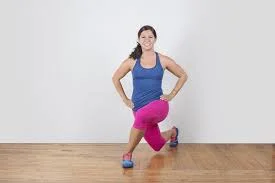
- This version of the classic lunge targets the glutes specifically. Alternatively known as a curtsy lunge, it is less taxing on the knees and more successful in hitting the glutes.
- To perform this crusty lunge:
- Maintain a straight posture, keeping your arms by your sides and your feet together.
- Push your left foot back and over your right, using your core to do so. Remain on the right foot with your body weight.
- Standing up, squat with both knees bent.
- Continue by switching sides.
Lunge jumps
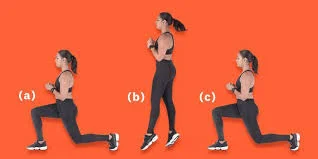
- This difficult workout is harder than a standard lunge. Both the cardiovascular system and the glutes are worked.
- To perform a lunge jump:
- Step forward with your right leg while maintaining a straight posture.
- To lower the body into a lunge, bend both knees.
- Leap up and rotate your legs such that your left leg is now in front. Land and securely bend your knees to do a lunge.
- Repeat the jump once more.
Bent-knee hip extensions
- Beginners will find this low-impact exercise easy on the knees. There is no equipment needed, but adding ankle weights can make it harder.
- Start with your knees bent and on all fours.
- Slowly raise your left leg while maintaining a 90-degree bent knee by contracting your glute muscles while maintaining a straight back and a stable core.
- Return to the starting point and carry out the same on the other side.
Step-Ups
- Step-ups can be performed with or without weight, and the exercise can be made easier or harder by adjusting the step or box size. Do a dynamic step-up by hopping onto your step for maximum intensity.
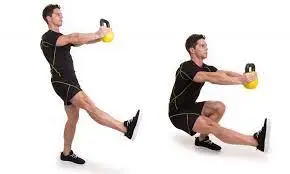
Single-Leg Squat
- The gluteus maximus and gluteus medius muscles are worked during single-leg squats. While the gluteus medius aids in stability and balance, the gluteus maximus gives strength.
Split Squat
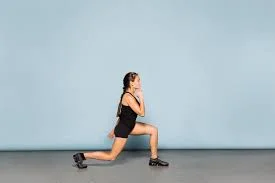
- This form of the squat appears to be a cross between a squat and a (shortened) forward lunge. Use the weights in your hands or not.
Lunges
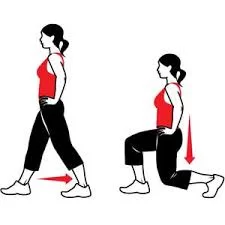
- Lunges are often easier and safer than plyometric jumping exercises or deep one-leg squats because they put less strain on the joints when performed slowly and with controlled motions. Two other exercises that assist in preventing and treating lower body aches and pains are the overhead lunge and the lunge with a twist.
Side Plank With Hip Abduction
- Targeting the gluteus medius muscles is aided by adding hip abduction. Raise your upper leg while maintaining a side plank posture. The plank can be executed with your lower leg (supporting leg) bent or straight, with your knee on the floor.
- You can place your supporting arm on your palm or at your elbow. For an increased challenge, try using an exercise ball.
Here we describe different types of exercise to stretch the glute muscle:
These seven stretches can assist in releasing tension in the surrounding areas of your pelvis, legs, hips, and back in addition to your glutes.
Seated figure-four stretch
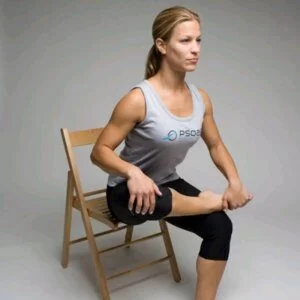
- The seated figure-four stretch, also known as Seated Pigeon Pose, helps release the surrounding muscles and your glutes.
- To do this stretch:
- Sit upright in a sturdy chair. The right ankle should be placed directly above the knee on the left thigh. Place your hands on your shins.
- To extend the stretch farther, lean slightly forward while maintaining a straight spine.
- Hold for 20–30 seconds.
- Return to the starting position. Repeat with the other leg.
- You can stretch your glutes while sitting on the floor or while standing in addition to performing chair stretches.
Seated glute stretch
- This easy stretch helps release back, hip, and glute tension. Sit on a folded towel or yoga block if you feel like your hips need more support.
- Stretch your legs out in front of you while sitting on the floor to perform this exercise.
- Elevate your left leg and rest it on your right knee while maintaining a straight back. To make the stretch deeper, slant slightly forward.
- Hold for 20 seconds
- then switch to the other side.
Downward-Facing Dog
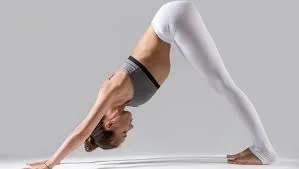
- One of the classic yoga poses is a downward-facing dog. It stretches several muscles, including the muscles in your upper body, your calves, your hamstrings, and your glutes.
- To do this stretch:
- Begin by placing your hands shoulder-width apart and your legs together in the pushup position. Lean forward and contract your abdominal muscles.
- Forming an inverted “V” with your body, move your hips back and up. Keep your head in line with your spine and slightly bend your knees to situate it between your shoulders. Maintain a tiny elevation in your heels as you reach toward the floor.
- 20 seconds of holding. Put yourself back in the starting position.
- You can rest each hand on a yoga block for added wrist support.
- As needed, flex your knees. As a result, your body will maintain an inverted “V” form and your back may get straighter.
Pigeon Pose
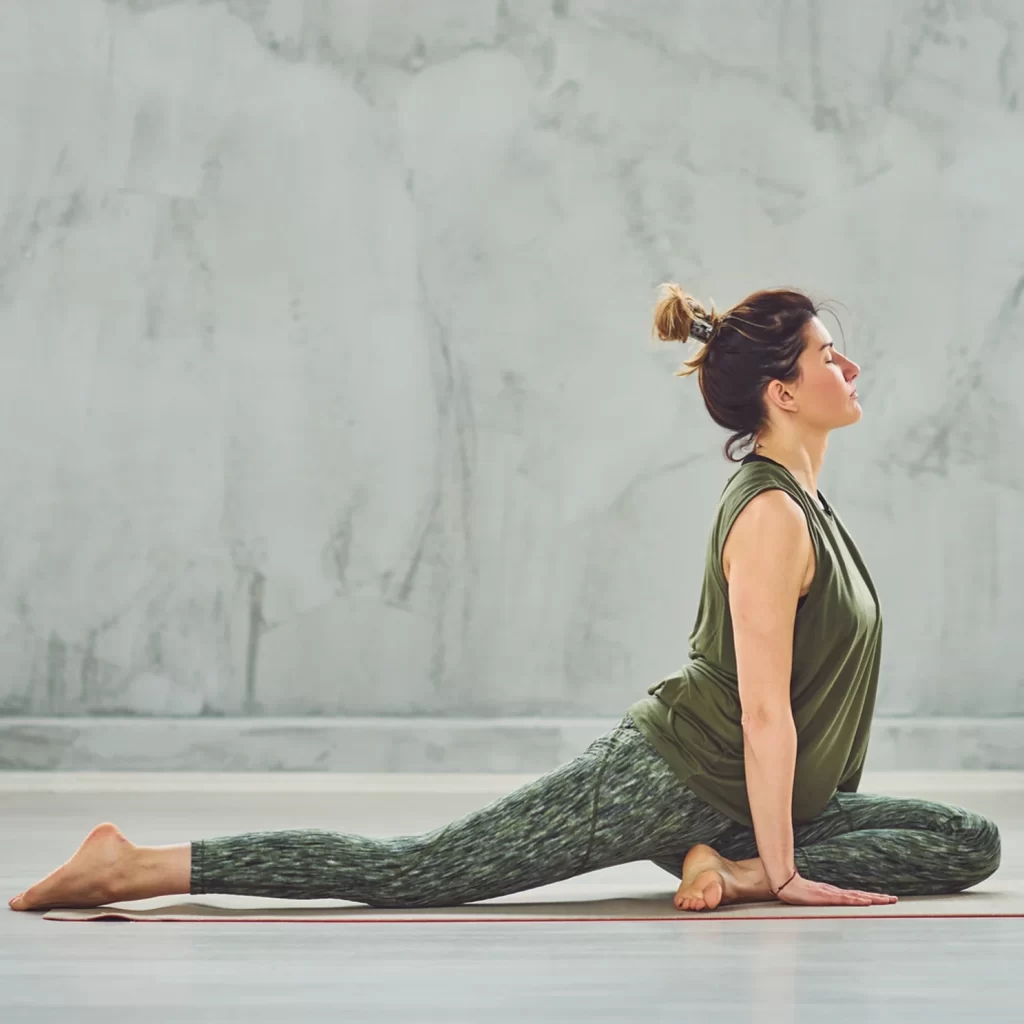
- Pigeon Pose is a fundamental yoga pose, similar to a Downward-Facing Dog. You may release tension in your back, hips, and glutes by doing this pose.
- To do this stretch:
- Start on all fours. With your shin on the ground, bring your right knee towards your right wrist. Approach your left wrist with your right ankle.
- Maintain a forward-facing posture, point your toes, and slide your left leg back.
- Extend your spine.
- Gently walk your hands forward. Hold for 5–10 breaths.
- Return to the starting position. Switch legs and repeat.
- You can also up the difficulty level by including a quad stretch. With your foot pointed upward and your back leg bent, grip your foot with your hand.
Knee to the opposite shoulder
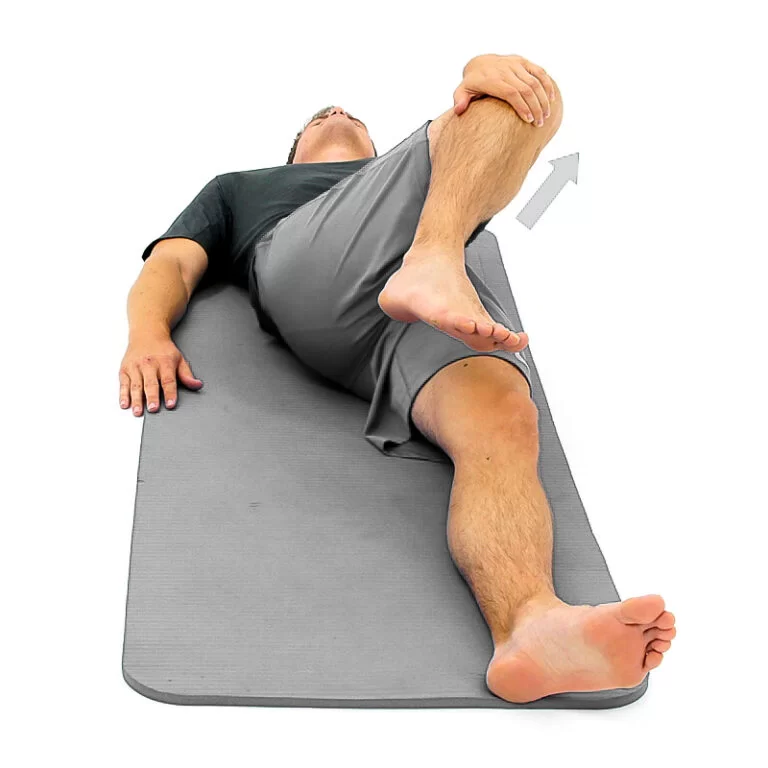
- Try this glute stretch if you’re experiencing sciatica pain. Your glutes and the area surrounding your sciatic nerve can be made more flexible by pulling your knee toward your opposing shoulder.
- To do this stretch:
- With your feet flexed upward and your legs extended, begin on your back.
- Bend, raise, and wrap your right knee with your hands.
- As you reach your left shoulder, bring your right knee up.
- Hold for 20–30 seconds. Put your right leg back in the beginning position.
- Repeat with your left leg after extending your right leg straight.
Standing figure-four stretch
- This pose is a standing variation of the figure-four pose. It is effective for releasing back, hip, and gluteal tension.
- Get yourself upright. To form a “4”, cross your left ankle over your right thigh slightly above your knee. For stability, hold onto a wall or desk.
- As you lower your hips into a squat, gradually bend your right knee.
- When your left glute begins to stretch, stop. Hold for 20-30 seconds.
- Go back to where you were previously. Repeat with your other limb.
Seated twist
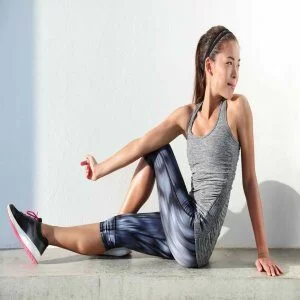
- Put your legs out in front of you while you sit on the floor.
- With your left arm behind you, cross your left leg over your right, and plant your left foot close to your right knee on the ground.
- Stack your right arm over your left leg such that the palm is facing outside.
- Make a left twist and pull your left knee inside with your right arm.
- For twenty to thirty seconds, maintain this posture.
- Proceed to the opposite side and untwist.
Glute activation exercises
Exercises that activate muscles focus on major muscles or muscle groups. By doing so, they “wake up” the muscles in preparation for exercise. They could be incorporated into a physical treatment plan, a regular workout, or a warm-up.
The step-up exercise is thought to provide the optimum activation of the gluteus maximus, according to a 2020 review source. Put a step or block in front of your body and stand up straight to execute it. Put one foot on the block first, then the other.
Why does strengthening matter?
Strength training is important for overall health. Strength training for two or more hours a week is associated with a lower risk of death, according to a 2020 study. It’s possible that other variables like nutrition, stress levels, and sleep also raise this risk.
- Stronger muscles: Exercises aimed at strengthening the muscles improve their efficiency. A person gets the strength to perform daily tasks like lifting, standing, or walking with the aid of glute workouts.
- Reduced pain: Certain illnesses, including arthritis, may have their chronic discomfort reduced by strengthening workouts.
- Improved metabolism: Increasing muscle mass has the potential to raise metabolism over time.
- Lower the risk of falls: Muscle building can enhance balance and lower the chance of falls. Additionally, it can strengthen bones and lower the incidence of osteoporosis.
Tips for how to grow glutes maximus:
- Glutes Maximus exercise & glute activation:
If you want to increase your gluteus maximus, you should be doing lower-body workouts like squats, hip thrusts, and deadlifts. However, you are not necessarily getting a solid glute workout just because you are performing those exercises for the gluteus maximus.
Make sure your glutes are adequately stimulated while you conduct your lower body activities. Start by integrating a glute-focused warm-up to achieve this. You may, for instance, practice squat pulses, which are executed in the range of motion where the glutes ought to be working hardest. Plus, frog pumps are awesome.
Warm up by being deliberate, controlled, and focused on your glutes. Work in the range of motion that keeps your glutes taut by performing a few movements that target glute activation.
Simple exercises like ten seconds of intense glute contractions while standing and then releasing them are other options. Continue for 10–20 second intervals. Perform it in between sets of your primary workout and your glute activation exercise. Even when you aren’t going to work out, follow this. Make that connection.
Now, to improve glute activation throughout your primary workout, take it easy when executing gluteus maximus movements like squats or hip thrusts. Pay attention to your glutes while using a slower pace and a lighter weight. Work through the entire range of motion while contracting the gluteus maximus, and feel the stretch (if you are unable to use the full range of motion on any given exercise, you may need to work on your mobility or explore an alternate).
- Variety & Training Variables:
It’s crucial to use several training factors and a fair variety when it comes to gluteus maximus exercises. Because the gluteus maximus is a large muscle, it must be worked from a variety of angles to be fully worked.
You need to perform a range of exercises, such as lunges, leg presses, cable pull-throughs, squats, deadlifts, hip thrusts, and so on, to strike it from different angles. These exercises target the gluteus maximus in different ways, and when combined, they will provide the variety required to activate all of the muscle fibers in that area.
Training variables include volume, weight load, rep schemes, hand position, body positioning, and load location, among other things. While the latter is self-evident and will be covered in a moment along with recommended practices, let’s first address the less explored factors of load placement, body positioning, and hand placement.
The location of the load within your body is referred to as load placement. For instance, while all three barbell squats involve the same movement, the load is placed differently in the front, back, and zercher squats.
Body positioning has to do with your stance. Different body stances include a split stance, staggered stance, and bilateral stance. The body posture variable can therefore be found in squats with a staggered stance, split stance, Bulgarian split squats (back leg raised on a bench), wide stance, toes pointed outward, and standard bi-lateral squats.
The way you hold the weight is known as hand positioning; examples include underhand, overhand, neutral, and grip width grips. Although there are ways to experiment with it for lower-body movements as well, this training variable is more useful for upper-body movements.
You can overload your muscles and stress them in different ways by adjusting training variables like load placement and body alignment, or by adding a degree of instability to your lifts.
- Reps/Time under tension, sets, & volume during a workout for glutes maximus:
When completing gluteus maximus exercises, the best results are obtained when the rep range is between 6 and 12 and the resistance is significant compared to your strength level, which should be between 70 and 80% of your 1RM.
Take your time doing the reps. The optimal growth will be observed when the time under strain is between 20 and 60 percent. It is much less for strength, requiring 4–20 seconds under tension with a load that is 80–90% of your 1RM.
Every workout should aim to impact your glutes for at least 10–12 sets; this can be achieved by performing 3–4 movements for 3–4 sets or 2 large lifts for 5 sets each.
If you want to see the greatest possible gains in your gluteus maximus, you should aim to work them twice a week, spread out evenly throughout the week. Research indicates that twice a week is a much better time to target your muscle groups for growth.
With that, you might work your glutes for 20–24 sets a week, completing 6–12 repetitions of each gluteus maximus exercise. That is a significant volume because volume is what muscle is built with.
Reduce the speed and increase the repetitions when performing gluteus max exercises without the use of weights. It would be best to perform 10-15 reps explosively or 15-20 reps at a leisurely pace.
Note: You will notice increases on both fronts because there is a significant crossover between strength and hypertrophy in the 6–12 rep range with weights. In an ideal world, your exercises would involve building both hypertrophy and strength, increasing the weight load with each set (after warming up to the working weight). For large complex exercises such as squats, hip thrusts, and deadlifts (and their variations), this is how we propose you to go about things. For isolated exercises, however, train in a higher rep range of 10–12 (or even up to 15 reps), putting a lot of emphasis on duration under tension.
- Progressive overload:
Developing the glutes of your dreams won’t come quickly. It’s a drawn-out process that requires regularity. However, you must constantly advance in addition to maintaining consistency.
Your muscles are amazing at adjusting to the strain you put them under. Muscle adaptation takes place rapidly. You must apply the progressive overload concept to keep putting them under enough stress to force them to keep adjusting.
To make sure your muscles receive appropriate stress as you progressively develop bigger and stronger, the progressive overload concept calls for a variety of strategies. Increased weight load, more repetitions, volume training, intensity training, shorter rest intervals, and challenging workouts are some strategies.
In summary, if you want to see significant improvements in your fitness, especially if you are not a beginner, you must incorporate progressive overload into your training. Devote four to twelve weeks to just one or two techniques. Even though some weeks may be better or worse than others, the improvements should be steady.
Following a training cycle, take a week or so off before beginning a new plan that focuses on a different set of progressive overload techniques. you are not overtraining and prevent plateaus by taking a break after each cycle.
- Eat right and sleep right:
It should go without saying that proper sleep and nutrition are essential for developing muscular mass in the glutes. No matter how hard you work out, you cannot grow your gluteus maximus without adequate sleep and nutrition.
Safety Tips
Sometimes it’s best to consult your physician or another certified fitness professional before performing glute stretches. If your hips, legs, or back have experienced any of the following, consult your physician or physical therapist:
- Surgery
- Injury
- Pain
Further, start carefully if you’ve never done glute exercises or stretching in general. Hold each stretch for 20 to 30 seconds at first.
FAQ
How do I support my weak gluteus maximus?
Weak glutes can be addressed through a variety of activities, including squatting, lunges, bridging, and hip abduction workouts. Strengthening these muscles can help enhance posture, stability, and movement, and can help decrease the chance of lower back pain, knee pain, hip pain, and ankle pain.
Does walking strengthen the glutes?
Although walking does not directly make a juicy peach, there are ways to turn an easy stroll into a glute-centric exercise that assists in strengthening and toning your buttocks, along with other parts of your lower body. Yes, you can build your glutes through walking, with some strategic tweaks to your daily routines.
Does seating cause weak glutes?
Long-time seating places pressure on our gluteal muscles, and also keeps them in an extended position. Due to their inhibition, the glutes are less likely to activate correctly and function effectively, causing the hip flexors to become tight.
Can I activate my glutes every day?
When you’re sitting a lot in your daily life, it’s best to do these exercises every day. Try to do them at least twice or three times a week if that isn’t possible.
What is the gluteus maximus used for in daily life?
The largest of the three gluteals, the gluteus maximus, serves as the main hip extensor muscle. Their primary function is to propel our bodies ahead and keep us standing.”For good pelvic alignment, propulsion during walking and running, and even for one-leg standing, strong gluteals are essential.
References
- Villines, Z. (2022, February 28). Gluteus maximus exercises to try at home. https://www.medicalnewstoday.com/articles/gluteus-maximus-exercises
- Ms, E. Q. (2022, September 27). The best exercises for activating your glutes. Verywell Fit. https://www.verywellfit.com/the-best-butt-exercises-4129172
- Set, S. F. (n.d.-a). 8 best gluteus maximus exercises. SET FOR SET. https://www.setforset.com/blogs/news/gluteus-maximus-exercises
- Nunez, K. (2023, February 10). 7 easy ways to stretch tight glutes. Healthline. https://www.healthline.com/health/exercise-fitness/how-to-stretch-glutes#safety

